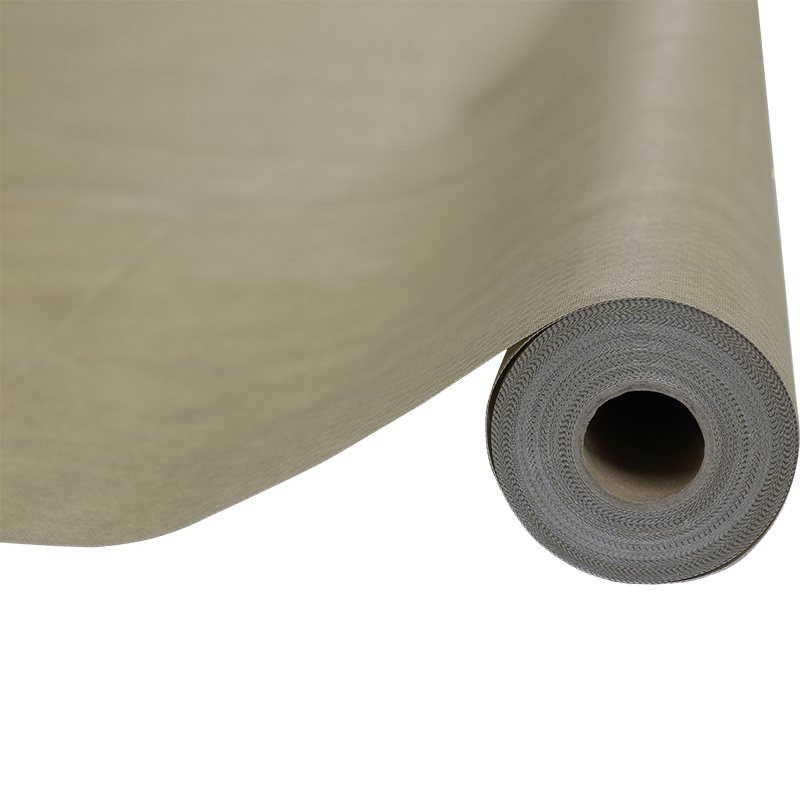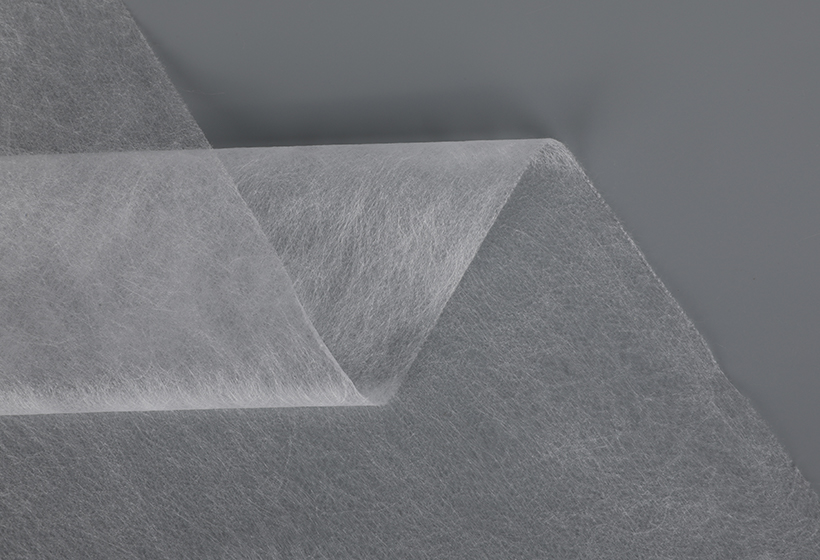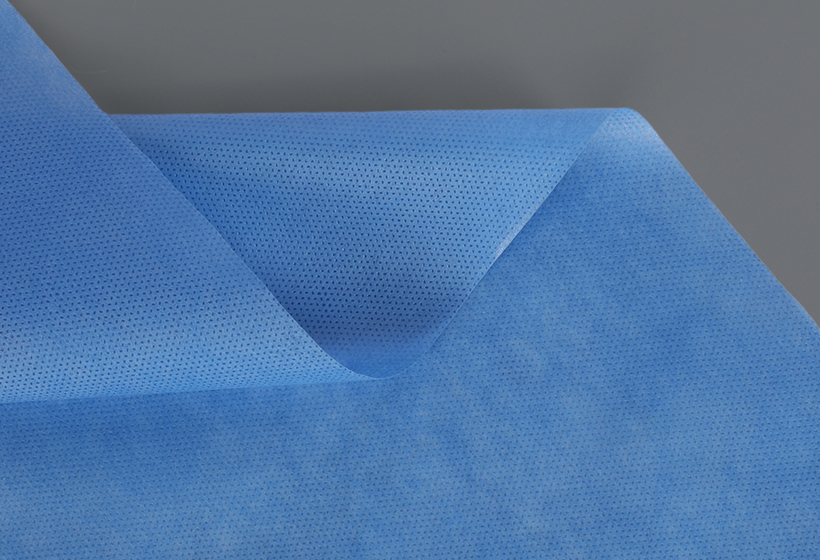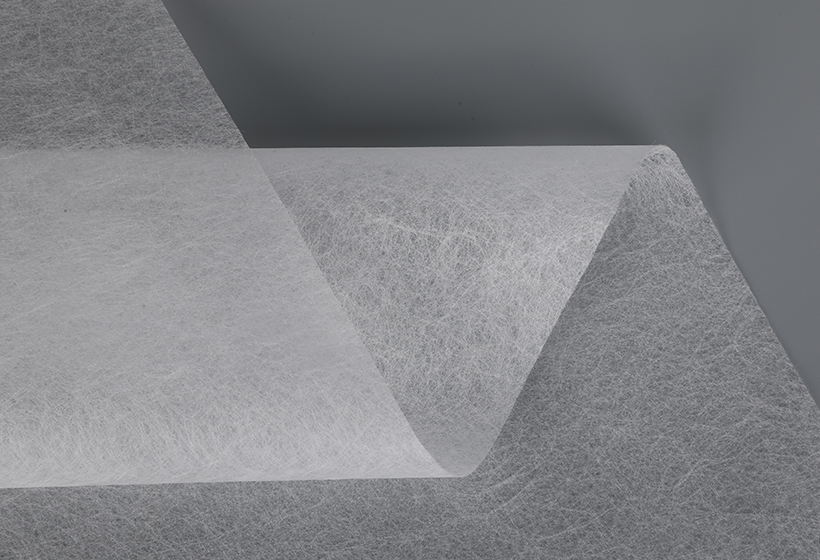Waterproof breathable membranes have become a revolutionary innovation in various industries, offering a combination of waterproofing and breathability that was previously challenging to achieve. These membranes are designed to keep water out while allowing moisture vapor to escape, creating a comfortable and dry environment for the end-user. As these membranes continue to evolve, they bring significant advancements and face specific challenges in their development and commercialization.
Advancements in Waterproof Breathable Membranes:
1. Microporous Membranes:
One of the key advancements in waterproof breathable membranes is the use of microporous technology. Microporous membranes are engineered with small pores that are larger than water molecules but smaller than water droplets, preventing water penetration while allowing water vapor to pass through. This technology has significantly improved the breathability of waterproof membranes and enhanced their overall performance.
2. Nanostructured Membranes:
Nanostructured membranes represent a cutting-edge advancement in the waterproof breathable technology. These membranes utilize nano-sized pores or hydrophilic channels to repel liquid water while facilitating moisture vapor transfer. Nanostructured membranes offer superior waterproofing and breathability, making them highly sought after in premium outdoor apparel and high-performance medical applications.
3. Multilayer Composite Membranes:
Another significant advancement is the development of multilayer composite membranes. These membranes combine different materials with complementary properties to optimize waterproofing, breathability, and durability. By layering hydrophobic and hydrophilic materials, manufacturers can fine-tune the performance of the membrane for specific applications, such as in high-intensity sports apparel or construction materials.
4. Sustainable Membrane Solutions:
Advancements in eco-friendly materials and manufacturing processes have led to the development of sustainable waterproof breathable membranes. These solutions focus on reducing environmental impact through the use of recycled materials and more energy-efficient production methods. The introduction of sustainable waterproof breathable membranes aligns with the growing demand for environmentally responsible products in various industries.
Challenges in Waterproof Breathable Membrane Development:
1. Balancing Waterproofing and Breathability:
One of the main challenges in developing waterproof breathable membranes is striking the right balance between waterproofing and breathability. Increasing waterproofing often reduces breathability, and vice versa. Achieving an optimal balance is critical to ensure the comfort and performance of the end product. Engineers and material scientists continually work to refine membrane designs to achieve the best possible combination of properties.
2. Long-Term Durability and Performance:
Waterproof breathable membranes must maintain their performance over extended periods of use, especially in demanding environments. Ensuring long-term durability, even after exposure to harsh conditions, remains a challenge for manufacturers. Research and development efforts focus on enhancing the membrane's resistance to abrasion, chemical exposure, and UV degradation.
3. Cost and Affordability:
High-performance waterproof breathable membranes often come at a higher cost, which can limit their adoption in certain markets. Achieving a balance between performance and affordability is a challenge faced by manufacturers, as they seek to make these membranes accessible to a broader range of consumers and industries.
Impact of Waterproof Breathable Membranes in Different Industries:
1. Outdoor Apparel:
Waterproof breathable membranes have revolutionized outdoor apparel, providing protection from rain and snow while allowing moisture to escape during physical activities. These membranes have become a standard feature in high-quality rain jackets, skiwear, and hiking gear, offering comfort and performance in various weather conditions.
2. Construction Materials:
Waterproof breathable membranes are used as building wraps and underlayments in construction to protect buildings from moisture intrusion while allowing water vapor to escape. These membranes help prevent mold growth, maintain insulation efficiency, and contribute to the overall energy efficiency and longevity of structures.
3. Medical Applications:
In the medical industry, waterproof breathable membranes find applications in wound dressings, surgical drapes, and other medical textiles. They offer a barrier against liquid contaminants while maintaining a moisture-controlled environment to promote wound healing and reduce the risk of infection.
In conclusion, waterproof breathable membranes have brought significant advancements to various industries, providing a balance of waterproofing and breathability. Through microporous and nanostructured technologies, as well as multilayer composite designs, these membranes have revolutionized the performance of products in outdoor apparel, construction, and medical applications. While challenges persist in achieving the optimal balance of properties, ongoing research and development efforts continue to improve the durability, performance, and sustainability of waterproof breathable membranes, driving their widespread adoption across diverse industries.


 English
English Español
Español












